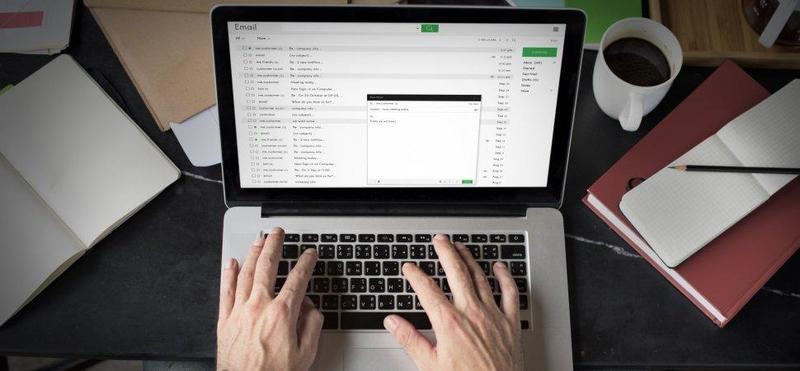ORGANISATIONAL SKILLS - PERSONAL SUCCESS TRAINING PROGRAM - DAY EIGHT
ORGANISATIONAL SKILLS - PERSONAL SUCCESS TRAINING PROGRAM - DAY EIGHT

UNIT EIGHT: ORGANISING YOUR INBOX
If your inbox is cluttered and unorganised, it can make it difficult to find email or message you need or notice when you have a new one waiting.
Many systems have tools you can use to help sort and organise emails and appointments in order to go through them easier.
When your emails are in order, you are better able to stay on top of your incoming and outgoing mail; and always have the information that you will need.
SETTING DELIVERY RULES
Many email systems allow you to create rules that you can apply to email being delivered to your inbox, which can help you better sort and organise certain messages.
These rules use ‘filters’ that you choose and will either flag or highlight an email for your or reroute it to another folder for you to access later.
For example: any mail from your manager’s email address can be highlighted in yellow for your immediate attention. Or if you have been speaking to a friend about adopting their new kitten, any email with the word ‘kitten’ can be rerouted to a folder with her name on it.
These filters and rules can help you organise your long lists of messages into appropriate folders and selections to help you access your information faster and with more ease.
FOLDER AND MESSAGE HIERARCHY
To better organise email messages, a good folder structure should be put in place and ready to use. Once these are established, a folder and message hierarchy system can be put into place.
This hierarchy system allows you to sort folders and messages by priority and importance and can be done in several different ways, such as using colour code or relocating them to the top of the inbox for better viewing.
Establishing hierarchy among your many emails will help you identify the most important messages first and reduces the risk of you scheming over it to read and handle something less urgent.
TIPS TO CONSIDER WHEN HANDLING INBOX HIERARCHY
• Sender of message.
• Urgent tops / subjects.
• Upcoming deadlines / projects.
DEAL WITH THE EMAIL RIGHT AWAY
Your inbox is not meant to be a storage area for your messages. When you receive an email, you don’t necessary have to respond to it right away, but the message should be filed away to an appropriate location to retrieve later.
If it needs to be handled by the end of the week, re-file it to another folder that can be reopened later. If the email simply isn’t needed, then delete it right away instead of holding on to it any longer. Taking a few more minutes to deal with the email once you have opened it will not only save you time in the long run, but it will help better track your emails that require your attentions and which one’s do not.
ASK YOURSELF THESE QUESTIONS WHEN HANDLING YOUR EMAILS
• Does this email need my immediate action?
• If not, when does it need to be addressed?
• Will you need this information at a later date?
• Does this information pertain to me or my department?
FLAG AND HIGHLIGHT IMPORTANT ITEMS
Important emails should not be forgotten or lost, so you can assign these emails to a flag or even highlight them in a different colour to call attention to them in your inbox or subfolders.
Flags can be used to remind you of an upcoming event or project, including meetings and deadlines. Various types of flag categories can be set up, so you can flag some message for a follow up while some can be flagged as an appointment reminder.
If you don’t want to flag every message, highlights can also be set up to highlight messages from certain senders or that contain key words such as ‘meeting’ or ‘appointment’. For instance, all emails from your boss can be highlighted in red for urgency, but emails from your friends can be colour coded in blue for a later time.
Flags and highlights can be used individually if desired or can be used together to work in sync and organise your growing inbox.
Be the first to post a message!